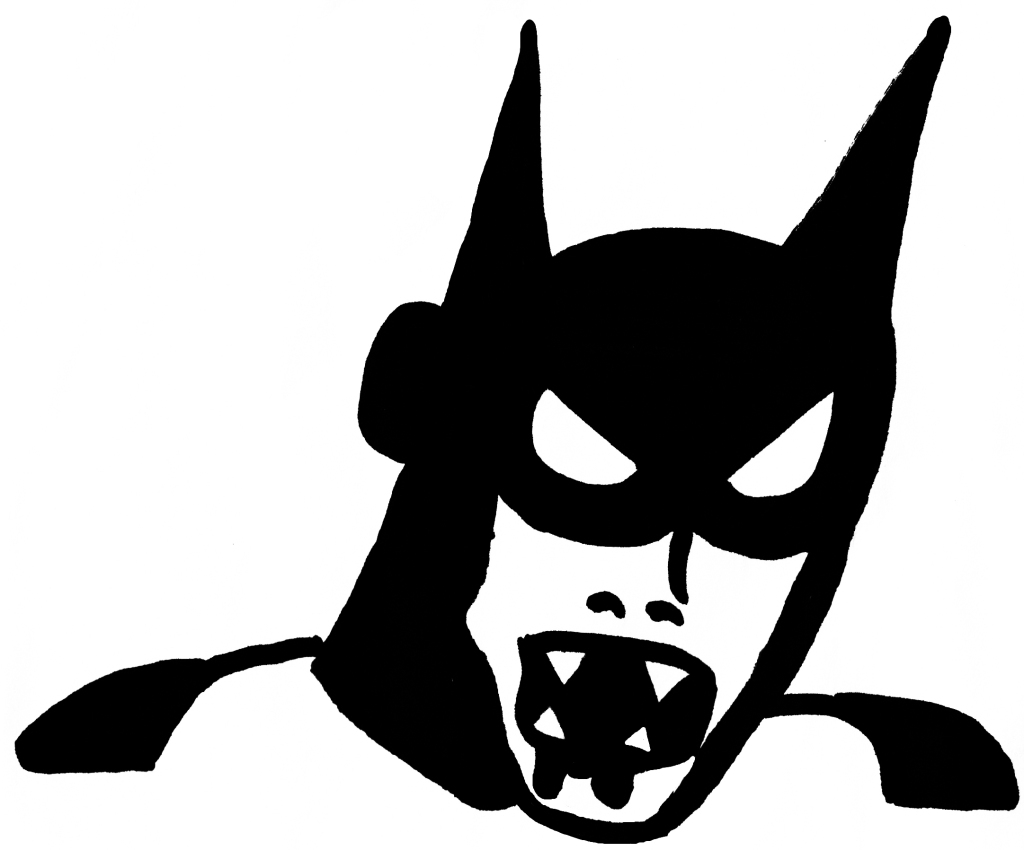Welcome to The Not-So-New 52, your digital Swampflix comic book (adaptation) newsstand! Starting in 2007, DC Comics and Warner Premiere entered the direct-to-home-video market with animated features, mostly in the form of adaptations of well-received event comics or notable arcs. This Swampflix feature takes its name from the 2011 DC relaunch event “The New 52,” and since there are (roughly) fifty-two of these animated features as of the start of 2024, Boomer is watching them in order from the beginning with weekly reviews of each. So, get out your longboxes and mylar sleeves and get ready for weekly doses of grousing, praise, befuddlement, recommendations, and occasional onomatopoeia as we get animated for over fifteen years of not-so-new comic cartoons.
A few years back, [Erstwhile Roommate of Boomer] and I were browsing through the then-current version of the HBO app and stumbled upon the then-latest DC animated movie. We managed to barely get through the opening, which we found kind of distasteful and crass. That movie was Suicide Squad: Hell to Pay, and I wasn’t really looking forward to this one on this watch-through, since my previous experience was negative. Upon watching the film in its entirety, however, I can report it’s actually pretty fun. Whereas the humor in Batman and Harley Quinn mostly missed the mark, this one manages to weave together an interesting narrative that plays to the strengths of the characters chosen for this outing, while also tapping into an irreverence that previous darker attempts at comedy failed to achieve.
After a cold open in which an ill-conceived attempt by a couple of hotheads to get out of Suicide Squad duty leaves everyone but Deadshot (Christian Slater) dead, Amanda Waller (a perfectly cast Vanessa Williams) sends him into the field alongside the moralistic martial artist Bronze Tiger (Billy Brown), gimmicky sharpshooter Captain Boomerang, literal and figurative ice queen Killer Frost (Kristin Bauer van Straten), cybernetically enhanced Copperhead, and, of course, Harley Quinn (Tara Strong). Their mission: to retrieve a magical object, a literal “Get Out of Hell Free” card, which Waller secretly seeks for herself as she has been diagnosed with terminal cancer, and now that the truth is out that hell is quite real, she knows she’s got a better shot at cheating her way out of it than seeking redemption. Two other parties are after the object, however, as immortal (but as he points out, not invulnerable) mutant caveman Vandal Savage is after is in pursuit of the card, as is the Reverse Flash. This film ties itself back to Flashpoint Paradox by having C. Thomas Howell reprise this role, and his whole deal is that when he was shot in the head at the end of that film, he “froze” himself in the moments before death with his superspeed, but each time he uses it, he gets that much closer to dying from the wound. (You just kind of have to go with it.)
The end of this one is a bit of a foregone conclusion. You don’t really introduce a member of this team whose imprisonment is the result of revenge killing the men who murdered his family, and who remains tortured by the loss of them despite being a vigilante who is willing to kill, and then also have a get out of hell free card, without the audience putting those two puzzle pieces together long before the finale. There are a lot of fun twists and turns along the way, though, and the comedy pretty much lands. Waller has to make this mission “off the books” (since it’s really her personal play to avoid damnation rather than a government sanctioned action), so the Squad heads out to the card’s last known location in a decrepit RV. This means that, of course we’re going to have a scene where Copperhead flashes his fangs at a child in the next car while they’re on their road trip to scare them, and of course we’re going to have a bus full of nuns show up at some point as a visual gag. A lot of it is pretty rote, but there’s some playfulness that makes this one a little more memorable. Of particular note is that the person that the group is initially sent to find, Steel Maxum, turns out to be both an exotic dancer and the unlikely former host of DC cosmic org chart bigwig Doctor Fate. Greg Grunberg has some fun with the role, playing up the guy’s himbo nature, which is so at odds with extreme stoicism of Doctor Fate that it makes for some good gags. Used to less comedic and more dramatic effect is the way that Vandal Savage’s plans are ultimately undone by his own inhuman morality; his daughter turns on him after Vandal allows her girlfriend to be killed in some crossfire, citing that she is “expendable.” He later says that he has had more children than he could ever count, and yet they always fail him because they think too small, when it seems like the real lesson he keeps failing over and over again is not to underestimate the power of love.
With one that functions as well as this one does, there’s not much more to say without simply recapping more of the film’s comedic moments, and I think that this one is better enjoyed than it is retold. It’s pretty funny, so I say: go forth and enjoy.
-Mark “Boomer” Redmond





